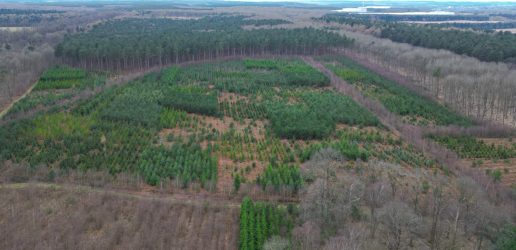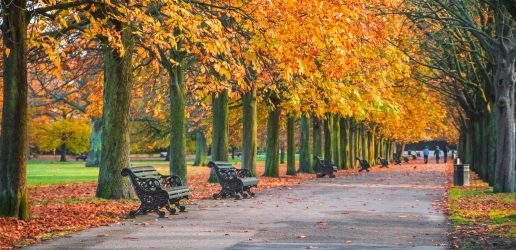Forest Research has today (Thursday 28th January 2021) launched the first in a series of factsheets exploring the effects of climate change on our trees and woodlands.
Aimed at practitioners, the factsheets showcase the breadth of research carried out by Forest Research, sometimes over decades, demonstrating how trees and forests are facing the challenges of climate change, and offering actionable insights into how trees and woodlands can help mitigate the effects of climate change.
The first four factsheets are:
- Climate Change and Forests: How do woodlands and forest affect the climate?
- Climate Change, Flooding and Forests: How can forestry help reduce flooding?
- Peatlands, Forestry and Climate Change: What role can forest-to-bog restoration play?
- Climate Change and Biodiversity: Can biodiversity help our woodlands in a changing climate?
Future editions in the series will be published throughout 2021.
Recent News
View All news
Seventeen coniferous tree species show early promise for future commercial timber production in the UK
Researchers have set up a network of nine large scale experiments across the UK to test the suitability of 17 tree species as potential alternatives for future commercial timber production.
Forest Research are looking for people involved in the harvesting, processing, transport, import, or trade of firewood in Scotland to complete an important survey.

New guide to help local authorities conduct a people survey on the social value of their treescapes
A new step by step guide to help local authorities, charities and civic societies carry out a people survey to understand social and cultural values related to trees in their area, is now available.

Seventeen coniferous tree species show early promise for future commercial timber production in the UK
Researchers have set up a network of nine large scale experiments across the UK to test the suitability of 17 tree species as potential alternatives for future commercial timber production.
Forest Research are looking for people involved in the harvesting, processing, transport, import, or trade of firewood in Scotland to complete an important survey.

New guide to help local authorities conduct a people survey on the social value of their treescapes
A new step by step guide to help local authorities, charities and civic societies carry out a people survey to understand social and cultural values related to trees in their area, is now available.

